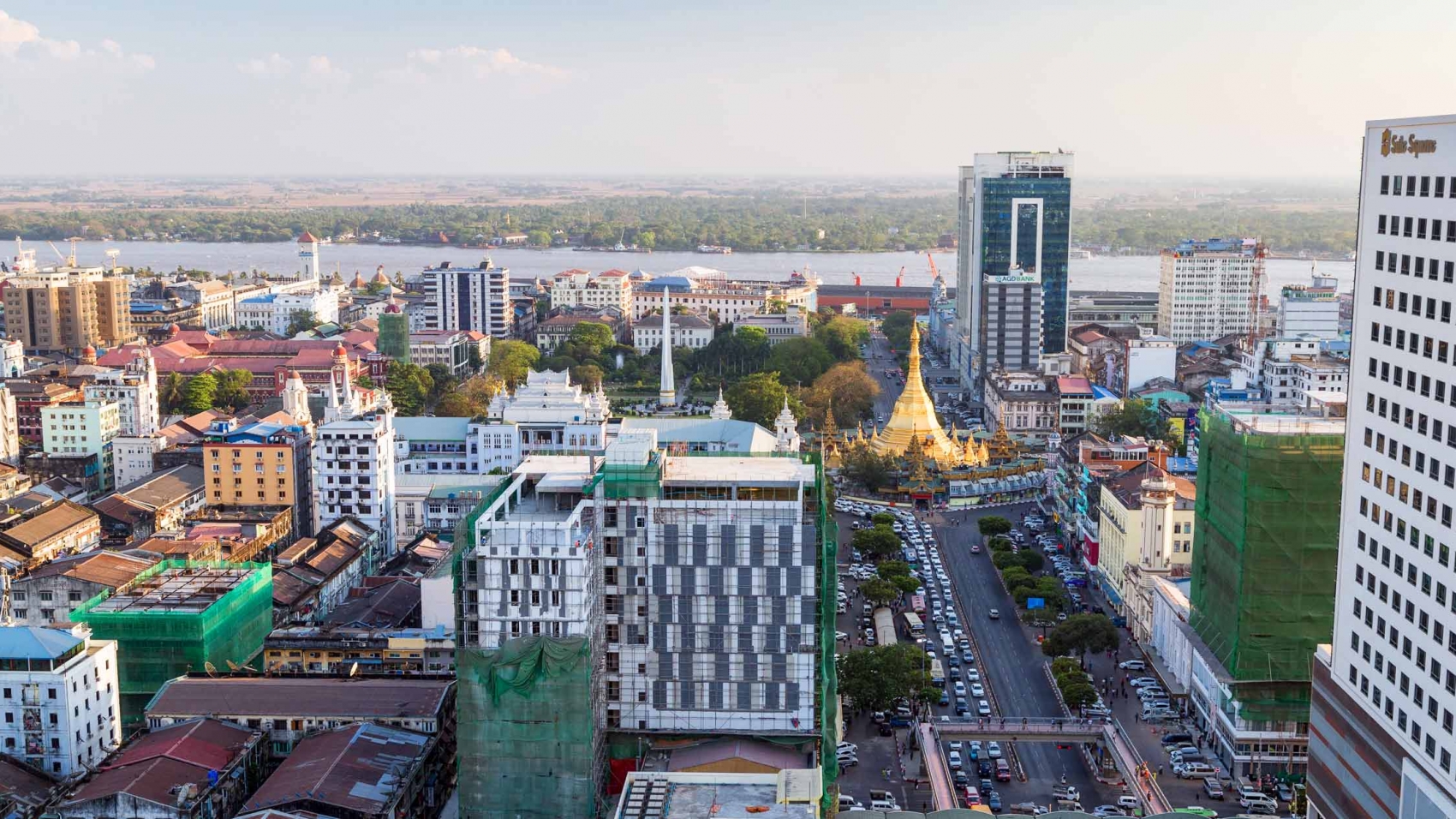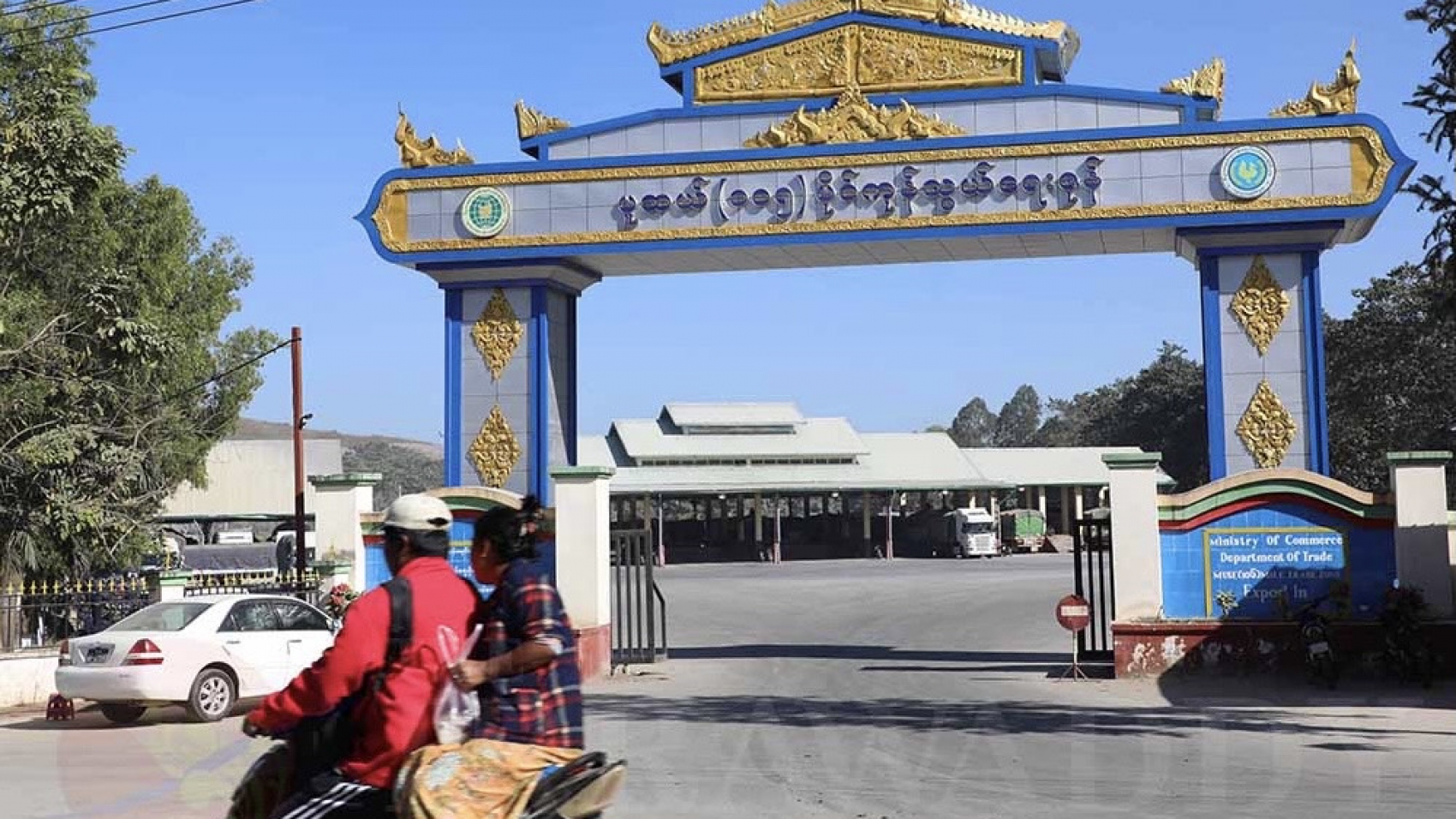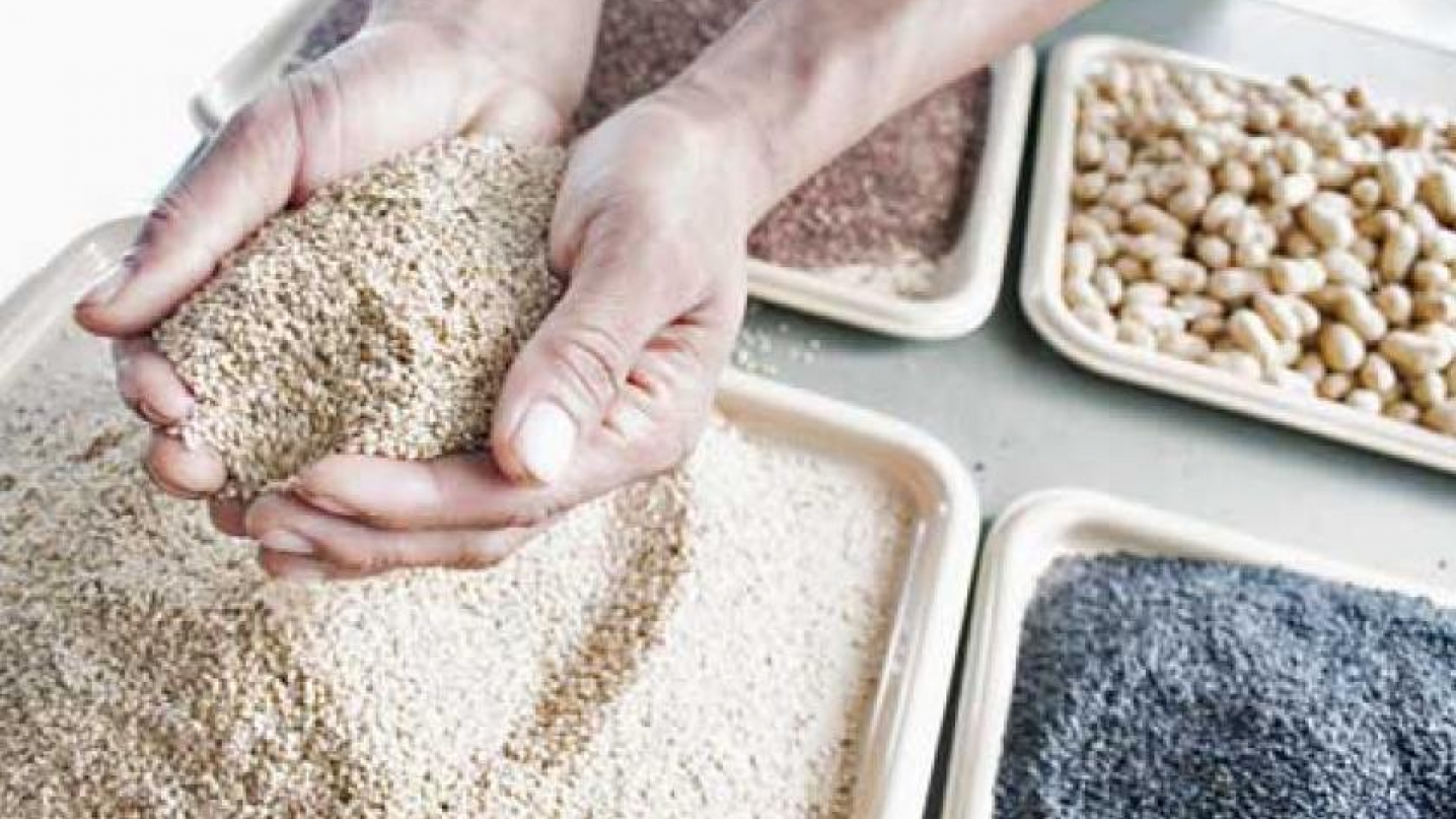In the last five fiscal years, more than 11,290 billion kyat was allowed to be invested by Myanmar nationals, the largest in the real estate sector, according to figures released by the Directorate of Investment and Company Administration (DICA). From the 2016-2017 financial year to 2021; As of the end of April, 623 Myanmar citizens were allowed to invest in the field, with a total investment of 11,290.723 billion kyats. Myanmar citizens have access to invest heavily in 12 business sectors: real estate sector, services sector, manufacturing sector, transportation and communications, hotel and tourism, electricity sector, industrial zone sector, livestock and fisheries, construction sector, mining sector, agriculture sector and oil and gas sector.
During that period, 41 businesses were allowed to invest more than 3,070 billion kyats in the real estate sector. It is the largest with over 27% of total Myanmar investment. In the manufacturing sector, 228 businesses are the second largest investors with over 2,570 billion kyats. In the service sector, 147 businesses invested nearly 1,880 billion kyats, the third largest. 17 investments in transportation and telecommunications over 1,150 billion kyats; More than 1,130 billion kyats in 115 businesses in the hotel and tourism sector; 17 projects in the electricity sector over 440 billion kyats; Investment in three industries in the industrial zone sector is over 320 billion kyats.
In the livestock and fisheries sector, 30 businesses have invested more than 350 billion kyats. About 230 billion kyats invested in the construction sector; Investment in the mining sector is over 75 billion kyats. More than 40 billion kyats invested in agriculture; The investment in the oil and gas sector is over 13 billion kyats. According to the annual investment volume of Myanmar citizens, in the 2016-2017 financial year, 1566350.282 million kyats; 36733485.671 million in the 2017-2018 financial year; In the 2018-2019 financial year, 1744585.199 million kyats. 546,039.124 million kyats between April 2019 and September 2019 (budget period); In the 2019-2020 fiscal year, it was 2619395.628 million kyats, according to the Directorate of Investment and Company Administration.
Source: Daily Eleven



